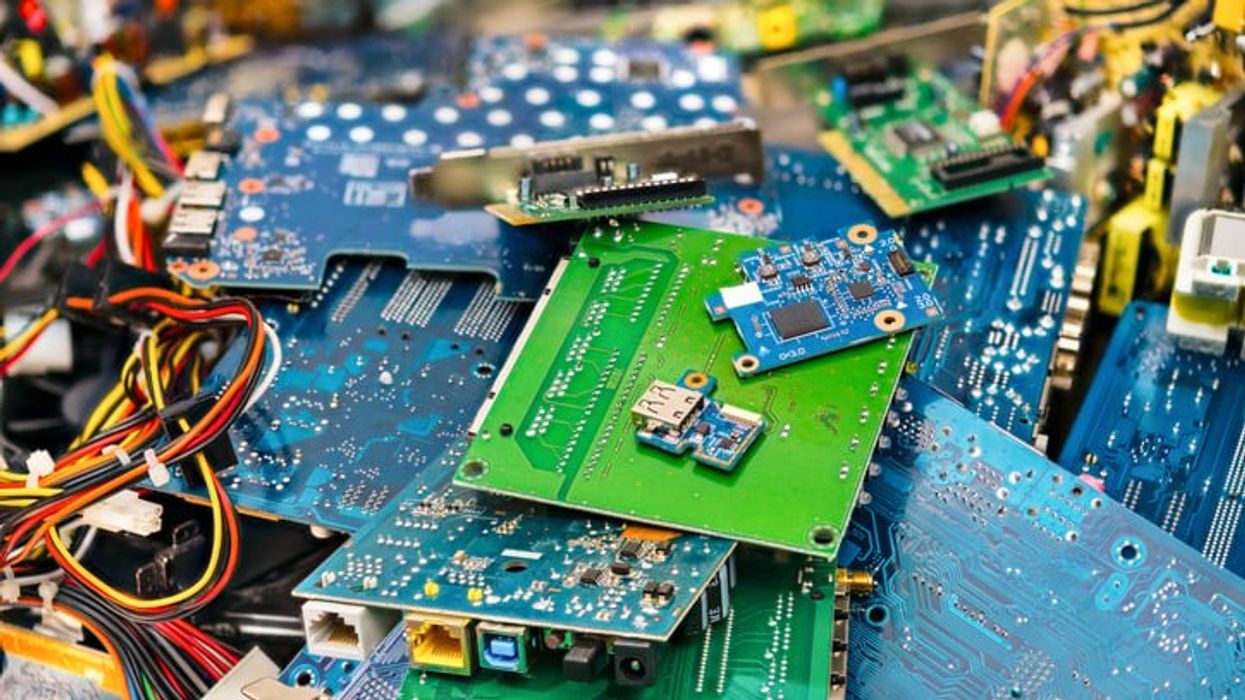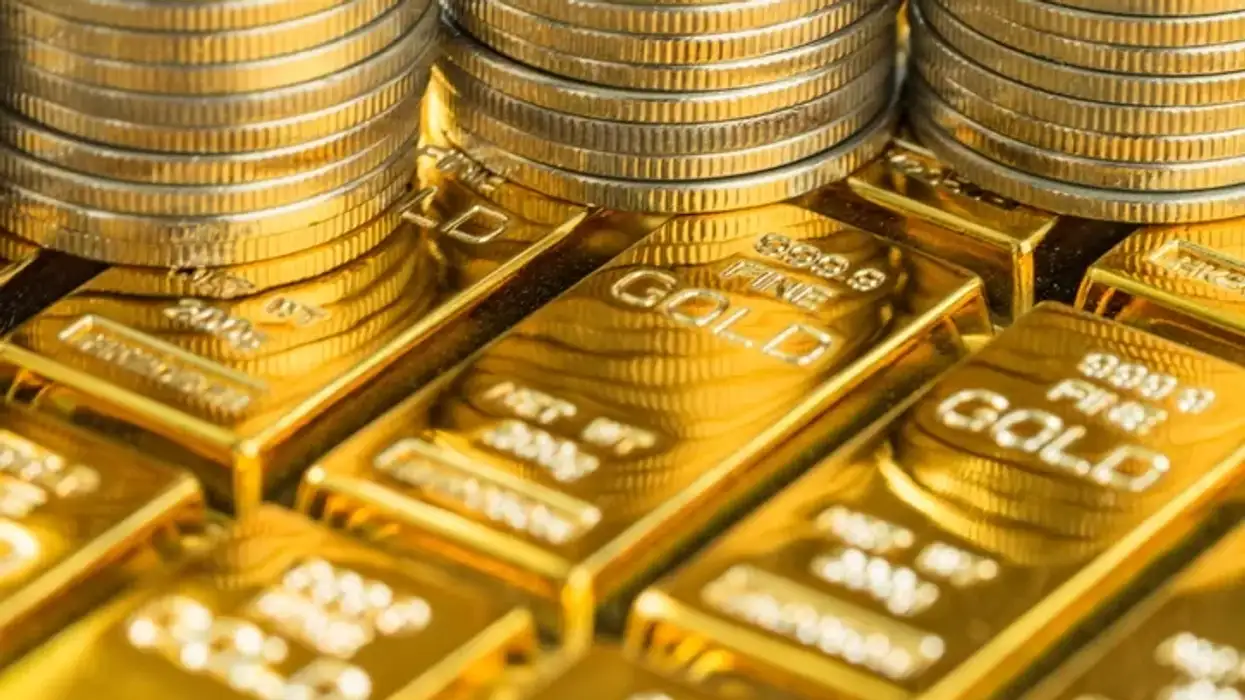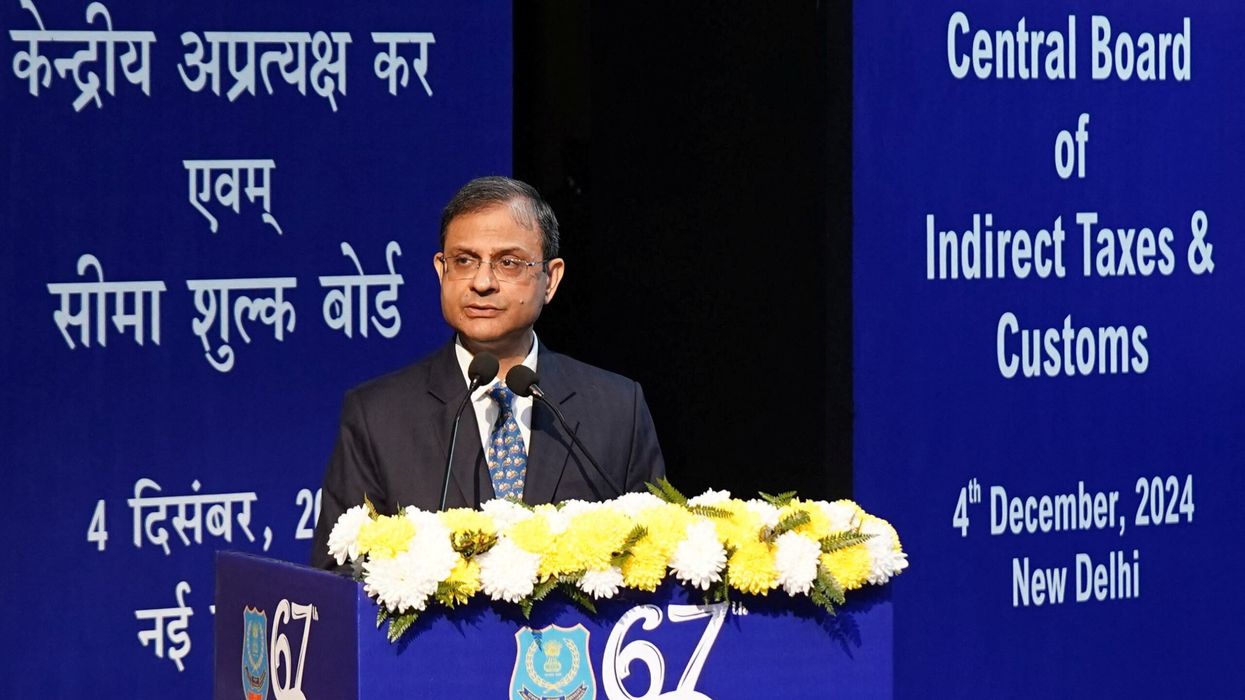Gold, a revered metal throughout history, is not only a symbol of wealth but also a crucial component in various industries such as electronics, aerospace, medicine, biotechnology, and nanotechnology.
However, with gold being a non-renewable resource, its increasing value poses challenges. In a groundbreaking study, researchers from ETH Zurich in Switzerland have introduced a sustainable and cost-effective method for selectively extracting gold from electronic waste (e-waste), turning an unexpected food industry byproduct into a key player in this process.
The unexpected hero in this gold recovery saga is whey, the liquid part of milk left after cheese-making. Led by corresponding author Raffaele Mezzenga, the researchers transformed whey into a matrix of protein amyloid fibrils, creating an adsorbent that selectively captures gold from e-waste.
What's particularly remarkable is the use of a food industry byproduct to obtain gold, making the entire process exceptionally sustainable.
The process begins with denaturing whey proteins under acidic conditions and high temperatures, causing them to aggregate into nanofibrils within a gel. This gel is then dried and molded into a sponge-like structure.
The extracted metal parts from old computer motherboards are dissolved in an acid bath to ionize the metals, separating them into positive and negative ions. When the protein fibril sponge is introduced to this metal ion solution, it selectively attracts gold ions. Although other metals, such as copper and iron, are also absorbed by the sponge, gold exhibits significantly higher absorption efficiency.
“The fact I love the most is that we’re using a food industry byproduct to obtain gold from electronic waste,” said Raffaele Mezzenga, the study’s corresponding author.
Once the protein fibril sponge absorbs the gold ions, it undergoes a heating process, reducing the ions to flakes that eventually melt down into a gold nugget. Astonishingly, the analysis of the nugget reveals a high purity level, predominantly gold (90.8 wt per cent), with contributions from copper (10.9 wt per cent) and nickel (0.018 wt per cent), resulting in a 21 or 22 karat gold nugget.
The researchers have not only demonstrated the commercial viability of this method but have also highlighted its environmental advantages over conventional techniques. The total cost of recovering 1 gram of gold from e-waste, including source material procurement and energy costs, is reported to be 50 times lower than the value of the gold recovered.
Moreover, the environmental footprint is significantly reduced compared to using traditional activated carbon for gold recovery, showcasing the method's potential for widespread adoption.
While traditional methods using activated carbon produce around 116 grams of carbon dioxide for recovering 1 gram of gold from e-waste, the whey-based protein fibril sponge method results in approximately 87 grams of the greenhouse gas.
This lower environmental impact is attributed to the reduced energy consumption during production, primarily due to the use of renewable fuel sources, combined with the sponge's higher adsorption capacity compared to activated carbon.
Despite these promising outcomes, the researchers acknowledge potential concerns about the environmental impact of using whey, an animal-based protein. As a next step, they plan to explore alternative plant-based proteins, such as those derived from peas and potatoes, to mitigate potential ecosystem damage.
As the researchers prepare to bring this innovative technology to the market, the study opens up possibilities for gold extraction from various sources beyond e-waste. Industrial waste from microchip manufacturing or gold-plating processes could be the next frontiers for this sustainable and efficient gold recovery method, marking a significant step toward a more circular and responsible approach to resource utilization.













